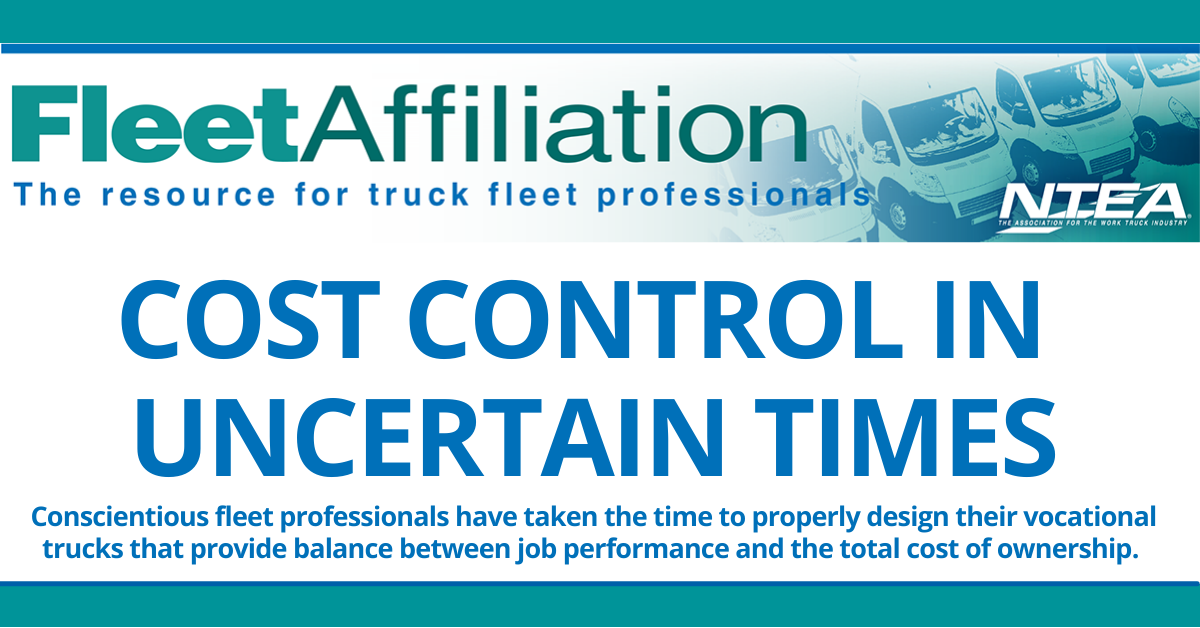
Published in November 2021 Fleet Affiliation
The current climates brings many challenges to the work truck industry, including the unpredictable and uncontrollable nature of vehicle availability, parts sourcing, and labor issues. The cost to do business has increased and with this comes an emphasis on budgets and available resources.
Conscientious fleet professionals have taken the time to properly design their vocational trucks that provide balance between job performance and the total cost of ownership. However, some of these costs are not as controllable or predictable as they have been historically.
While accepting the things that cannot be controlled, it is also important to shift some energy to focus on that which is controllable. One thing that we can have direct control over is the human factor – for example, how are work trucks operated on a day-to-day basis? Look at driver behavior and find opportunities to steer change that can results in savings.
The who, what, and how
When a vehicle leaves for the workday, it is almost entirely in the hands of the operator. Look at fuel and energy consumption – this can account for a large portion of vehicle operating cost. Findings have shown that a driver's behavior can have as much as a 30% impact on fuel and energy consumption. Beyond fuel, operating behavior can influence platforms including brakes, suspension, and steering components. Aggressive and risky behavior also increases crash and damage costs. Explore what can be done. For example, driver behavior can be modified with coaching. Improved driver behavior can directly correlate to improved fuel economy, increased safety, and lower operating costs. The first step is to make operators and management aware that their actions directly affect the bottom line.
Taking a hands-on approach
The most effective driver behavior programs take a hands-on approach and provide feedback using positive reinforcement as well as corrective action. It is important to find the balance, and you may often find more success using a carrot rather than a stick. Beyond controlling the human factor, there are passive opportunities that can be employed. Many modern trucks have programable options that can be tailored to specific drive and duty cycles. This includes timed idle shutdown, vehicle speed limiting, vehicle acceleration rates, and tire pressure monitoring systems. While no single action may stand out as a silver bulleted cost saver, addressing and using multiple approaches can have a compounding effect and show long-term savings of controllable items.
The payback
Both active and passive driver behavior modification systems can produce multiple benefits. Areas in which driver behavior modification can provide benefits include overall improved fuel economy and extended life of components such as engines, brakes, driveline, and tires. Many of us are having to extend vehicle service life purely out of necessity and availability, and it is important to squeeze the most life and cost savings out of the assets we have as we navigate the short-, mid- and long-term realities of vehicle and component availability.
Looking for more fleet insight? Register for Work Truck Week 2022 today. View opportunities and education for fleets.
